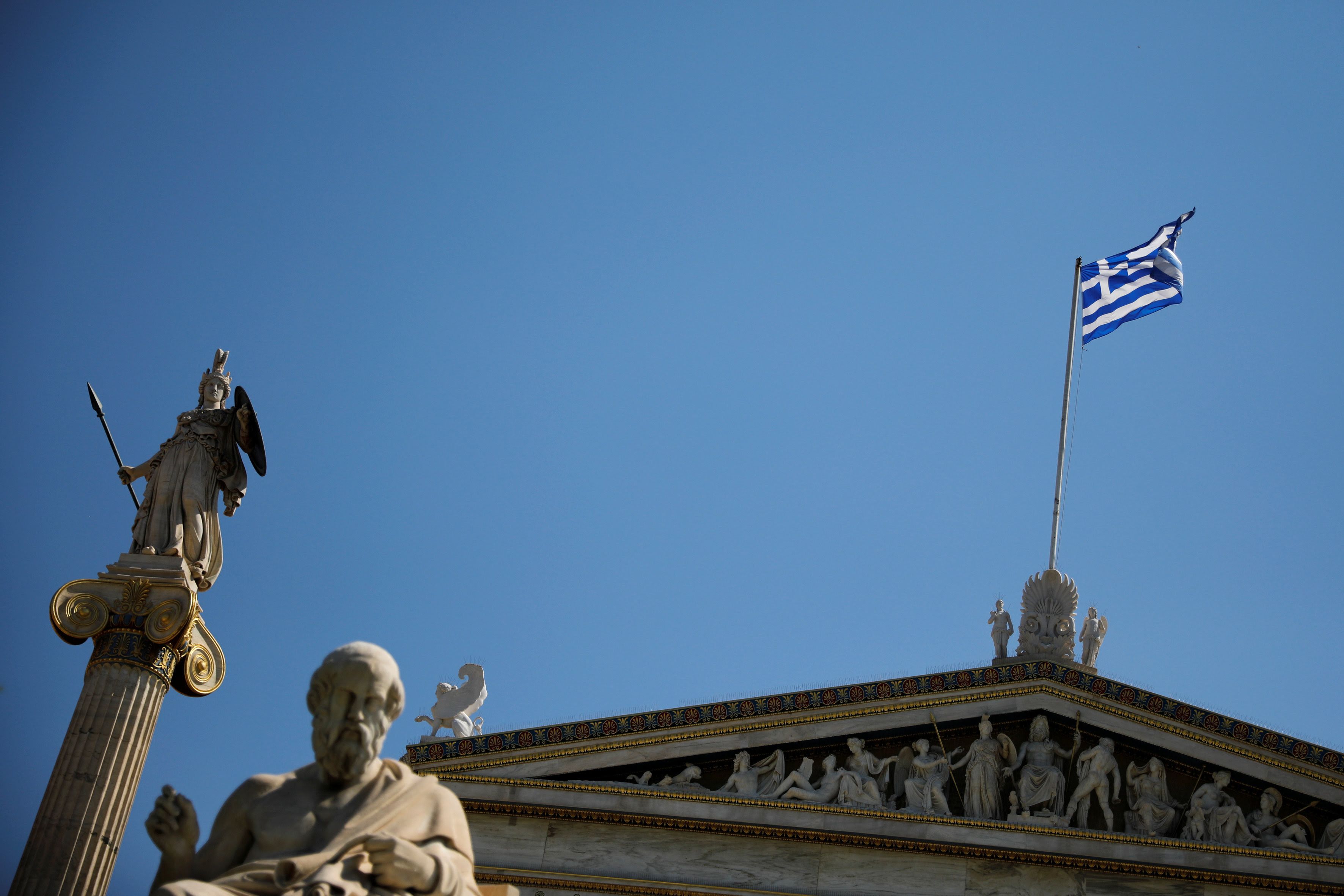August 21, 2018
Over the past eight years, crisis-wracked Greece has received around $360 billion from other European countries and the IMF in a bid to stave off economic collapse. In exchange, the country promised to drastically cut spending, in particular by slashing pensions and public-sector salaries.
Well, as of yesterday, Greece has received its final loan payment from its European creditors, meaning that its nearly decade-long “bailout” is complete. But there are a number of reasons why Greeks aren’t smashing plates just yet—after all, the economy is still 25 percent smaller than when the crisis began, and household incomes have plummeted by more than 30 percent during that time.
Here to explain a few more key caveats is fellow Signalista Leon Levy, just back from a visit to his Balkan motherland:
First, Greece’s gargantuan debts haven’t disappeared. In fact, this year Greece’s debt burden will top out at nearly 190 percent of GDP. The hope, among optimists, is that this will fall to 150 percent of GDP by 2023. Overall, Greece will be saddled with the bailout debts until well beyond the middle of this century.
Second, although growth is expected to hit 2 percent this year, the governing Syriza party has done little to inspire investor confidence beyond the bare minimum required by the bailouts. In fact, the government, still fearful of a bank run by disillusioned Greeks, continues to restrict ATM withdrawals for its own citizens. It’s hard to muster foreign confidence in an economy under conditions like these.
Lastly, as Greece looks to move ahead, it faces a critical challenge: over the last ten years, more than half a million Greeks, among them many of the country’s best-educated people, have fled in search of better opportunities abroad. Given the precarious situation at home, most of them are unlikely to return. That means fewer innovative businesses that can help repair Greece’s economy, a smaller tax take for the Greek state, and a longer-run demographic crunch in which there are too many elderly Greeks and not enough young workers to fund the pension system.
So yes, Greece successfully exiting the bailout phase of its economic recovery is better than the alternative—Greece going back hat-in-hand to request another financial lifeline—but it’s more a stepping stone than a milestone. Greece’s odyssey from financial wreckage to return is far from over.
More For You
- YouTube
On Ask Ian, Ian Bremmer breaks down the steady escalation of US pressure on Venezuela and why direct military action is now a real possibility.
Most Popular
Global conflict was at a record high in 2025, will 2026 be more peaceful? Ian Bremmer talks with CNN’s Clarissa Ward and Comfort Ero of the International Crisis Group on the GZERO World Podcast.
- YouTube
On Ian Explains, Ian Bremmer takes a look at the growing surge in global conflict and the ripple effects of so much violence, war, and armed struggle throughout the world.
Immigration and Customs Enforcement (ICE) agents check the identity documents of a group of agricultural workers at a grocery store parking lot during an immigration raid in Mecca, California, U.S. December 19, 2025.
REUTERS/Daniel Cole
A year into US President Donald Trump’s second term, America’s immigration policy has undergone one of its most sweeping resets in decades.
© 2025 GZERO Media. All Rights Reserved | A Eurasia Group media company.
